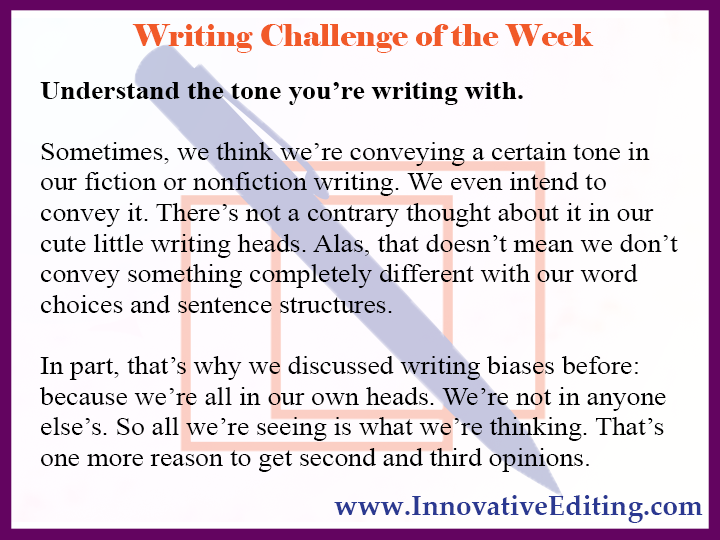What If We Had to Speak Our Stories Out Loud?
- Jeannette DiLouie
- Feb 27, 2019
- 3 min read

I recently tried uploading a podcast conversation onto a transcription service platform.
The chat itself was great! It always is with Lia Mack, author of Waiting for Paint to Dry and my Genuine Writer’s Retreat co-organizer. We had an engaging, bunny-trailing back-and-forth about a number of writerly things, including common and not-so-common questions that writers get asked.
Fun was had by all on the speaking side of the equation, and we’re already planning to do it again.
The transcript, however, showed no such thing. It was an absolute annoying mess to the point where I didn’t even end up using two-thirds of it.
Most of the time, I’ll admit that I write out my podcast episodes first, read them off and then post the pre-made transcript on The Genuine Writer blog after uploading the audio onto The Genuine Writer Podcast. But in this case, all the edits I had to do were far too time-consuming.
I couldn’t make heads or tails out of some of the written interpretations of what we said.
While going through it all was more than a little annoying, it did get me thinking further about last week’s Professional Writing Tip – the first in a series about the difference between speaking and writing.
It’s a valuable series, but it’s mostly meant for speakers who are trying to break into the writing biz. Whereas, in this blog post, we’re going to apply the analysis to creative writers who might want to think about speaking before they publish.
Like this…
How would we write out stories differently if we had to speak all our words into a word-recognition program – a good one, not the one I used – instead of type them down with nary a sound to hear outside of our busy little authorial heads?
It’s a question I’ve got several easy answers to, but since the one is so multifaceted in and of itself, one is all we’re going to discuss for today.
I’m talking about dialogue. What our characters say and how they say it might look a lot different if we read it out loud.
For one thing, we’d probably use a whole lot more contractions. Otherwise, we’d feel unnatural when we’re so used to speaking casually, even in more professional settings.
Think about how often you say, “You are welcome” instead of “You’re welcome.” Or “That is not right” vs. “That isn’t right”? Probably not all that often; not unless you want to emphasize the verb or lack thereof for some reason.
We also wouldn’t be so quick to feature chunky paragraphs full of nothing but dialogue. It’s awkward to keep droning on and on without pausing for a breath or letting someone else get a word in edgewise.
Yet, as writers, we subject our characters to such awkwardness all the time. Once they get going, too often they just don’t shush up. And it can be just as un-engaging to listen to a real person go on and on as to read about a character going on and on.
That’s why it’s best to throw “visuals” in between their spoken sentences, describing or explaining what’s going on around and through and against the dialogue.
Is she screaming at someone? Then write a line or two of whatever she's yelling, and follow it up by her waving her hands emphatically before finishing her rant.
Is he comforting his five-year-old daughter after the other kids refused to play with her? Have him stop speaking for a moment to give her a hug or wipe a tear away from her cheek.
When you do, the result will be writing that reads more naturally – all because you read it out loud.





